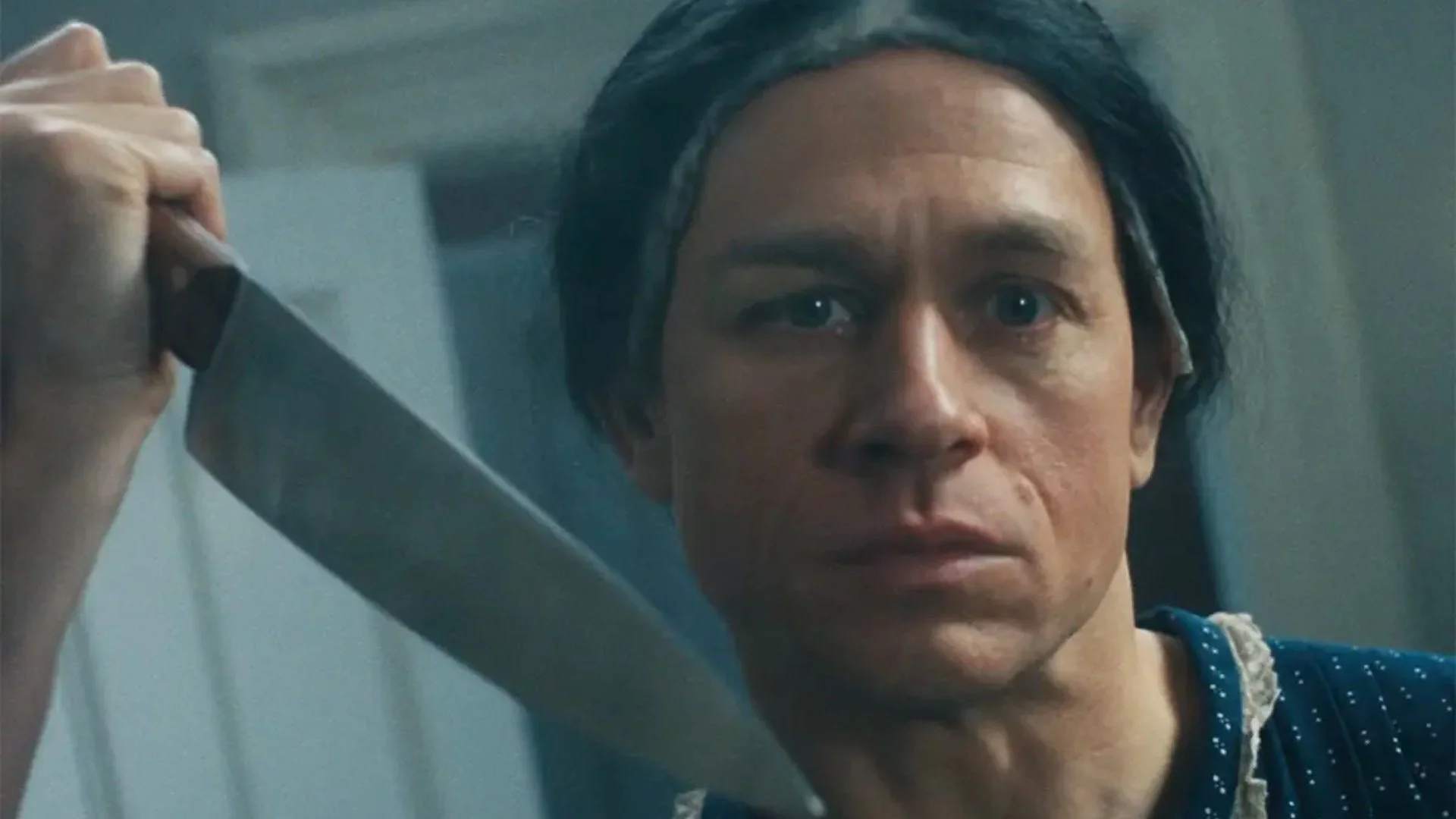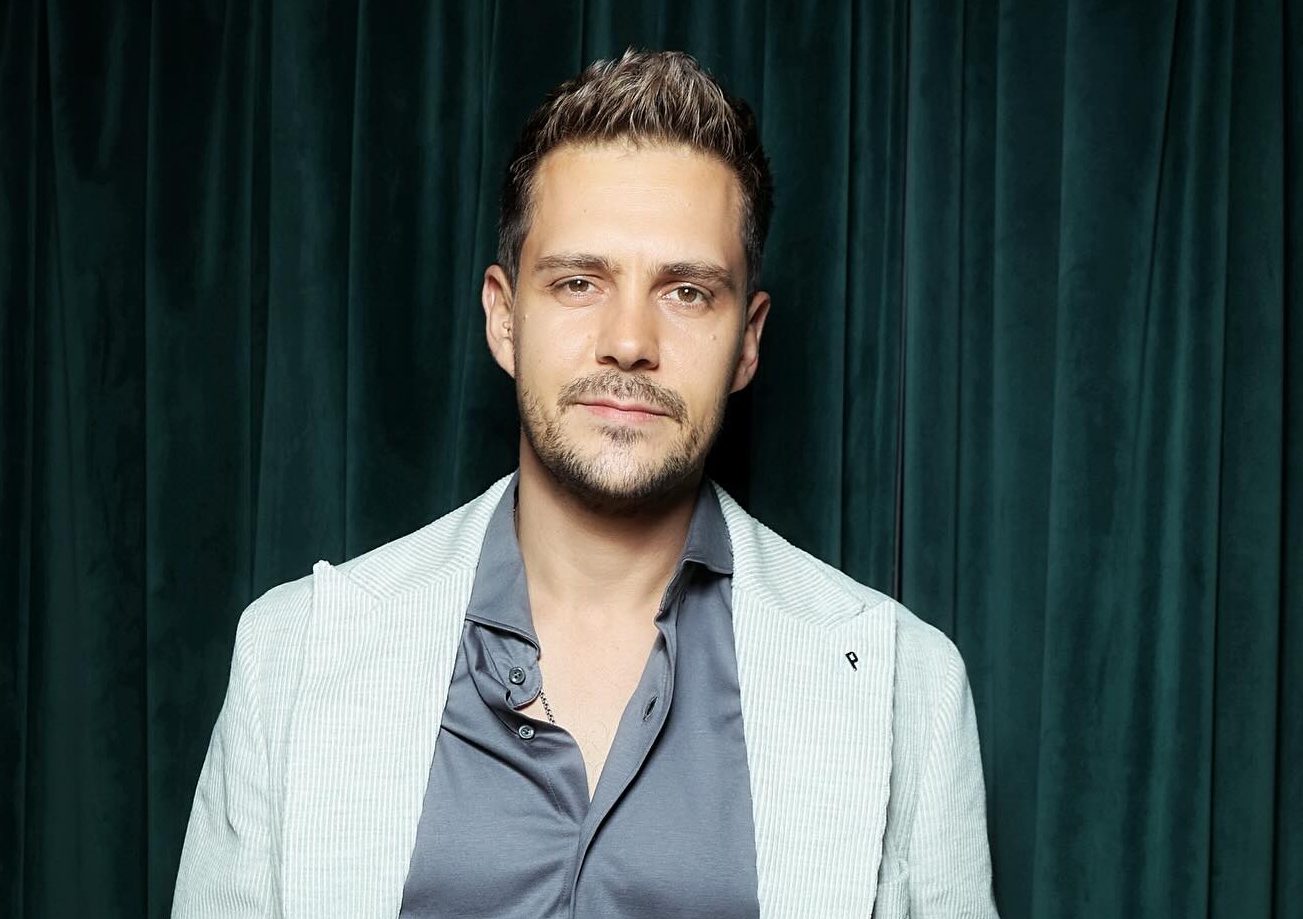Netflix’s Monster: The Ed Gein Story he doesn’t hold back and took a lot of creative license in telling this story. The last chapter in Ryan Murphy’s dark anthology dives into the twisted mind of the infamous killer who inspired it Psycho AND The Texas Chainsaw Massacre.
But it’s one scene, a shocking retelling of Alfred Hitchcock’s iconic Shower Murder, that is sparking conversation.
In PsychoHitchcock transformed suggestion into terror. The audience never saw the knife pierce their skin, yet the horror felt visceral. Monster throw that restriction out the window.
It shows everything with nudity, the blade penetrating the flesh and a lot more blood. The moment strips away the psychological subtlety that made Hitchcock’s version legendary and replaces it with something starker, more graphic and disturbingly literal. It’s not just a freebie. It’s a provocation.
Director Max Winklerwho directed six episodes of the series, explained the approach in a recent interview with Variety. He said the creative team wanted the violence to feel “larger than life,” and by intentionally exaggerating, Hollywood’s idea of horror came to fruition.
“When we redid the Psycho shower scene, it was always supposed to be the Hollywood version of what it actually is. See Janet Leigh being killed is one thing, but really what it felt like to put a brutally murdered woman on movie screens and how people reacted to that, and how deeply upsetting it was, and how shocking it was then, and how desensitized we are now… we tried to give it all a visual language.
What he is saying captures the crux of the matter Monster: The Ed Gein Story is wrestling with our collective obsession with violence and the blurred line between fascination and exploitation.
He added: “We never tried to paint them by numbers. We tried to put our own spin on it. The shower scene is significantly more brutal because our perspective is through Hitchcock, the monster who brought it to films that weren’t like that before.
“So I loved those sets and I loved the young actor he played Anthony Perkins, Joey Pollariwhich I think is incredible. He himself felt like a monster because he felt like he was homosexual and didn’t know who to talk to about it, and his therapist told him he should get a lobotomy.
“I have a great affinity for the old backlot movies, so being able to shoot them… anytime you get to shoot a bunch of guys in gladiator costumes, with them walking around taking a lunch break and smoking a cigarette, it’s a great day’s work.”
The show not only explores Gein’s crimes, but also examines how culture has turned those crimes into entertainment. Winkler and Murphy even wonder whether filmmakers, audiences, and the media share some of the monster’s DNA.
“Who is the monster?” Winkler said. “Is it the American healthcare system? Is it his mother, Augusta Gein? Is it Ed Gein? Is it the filmmakers who were inspired by this? Is it Hitchcock, who put it into pop culture and changed cinema forever?”
This is where the series hits a nerve. When Charlie Hunnam’s Ed Gein looks directly into the camera throughout the series and says, “You’re the one who can’t look away,” the show turns the lens on us, the viewers, and challenges us to face why we keep watching.
From a technical point of view, the recreated scene is astonishing. The lighting, framing, and tone mirror the aesthetic of Hitchcock’s original, while amplifying the grotesque details that modern audiences have been conditioned to expect.
It’s a visual gut punch, feeling more like a commentary than just gore. But the question remains: Was it necessary for the scene to go this far?
Hitchcock’s genius lay in what he didn’t show. Its restraint forced the imagination to do the heavy lifting. In comparison, Monster’s version feels like an autopsy of the original by being more explicit, but arguably less disturbing.
Winkler insists it wasn’t shock for shock’s sake. He wanted to show what it means to depict violence in an era where true crime and horror are constant elements in streaming culture. However, for many viewers, it may feel like crossing a line that Hitchcock so carefully drew decades ago.
In the end, Monster: The Ed Gein Story it doesn’t just tell a true crime saga. It delves into our relationship with horror itself and how stories of real pain and death turn into entertainment, and how easily we look away from what that means.
Whether you see the Psycho scene as a brilliant meta-statement or unnecessary escalation probably depends on your tolerance for discomfort. Hitchcock made the audience scream without even showing the skewered knife. Monster makes us wonder why we ever wanted to see it.
by Joey Paur
Source: Geek Tyrant
Lloyd Grunewald is an author at “The Fashion Vibes”. He is a talented writer who focuses on bringing the latest entertainment-related news to his readers. With a deep understanding of the entertainment industry and a passion for writing, Lloyd delivers engaging articles that keep his readers informed and entertained.




